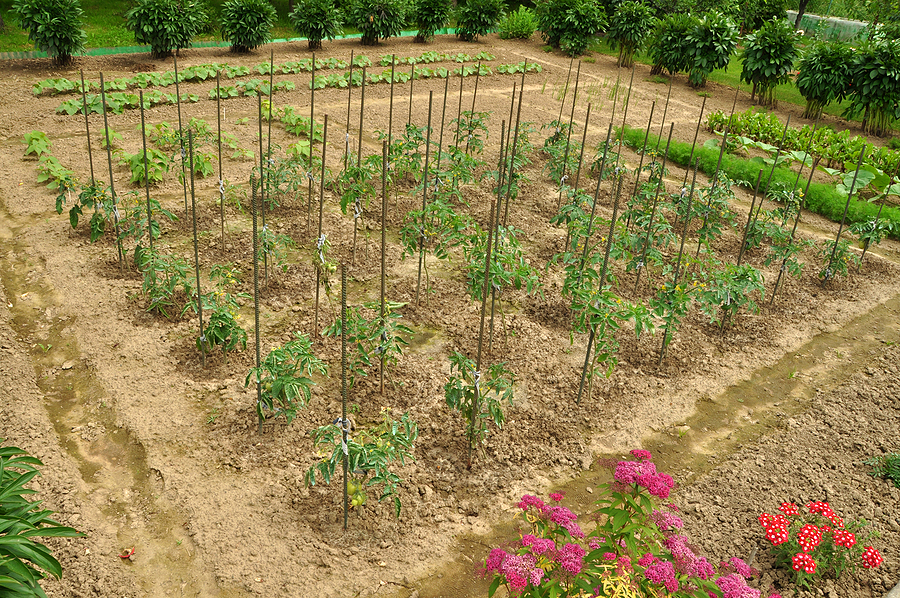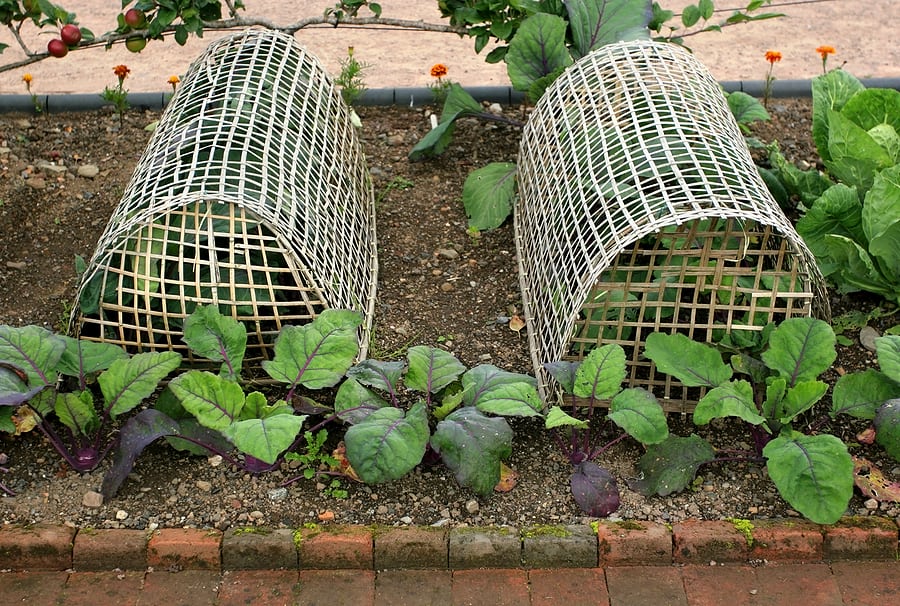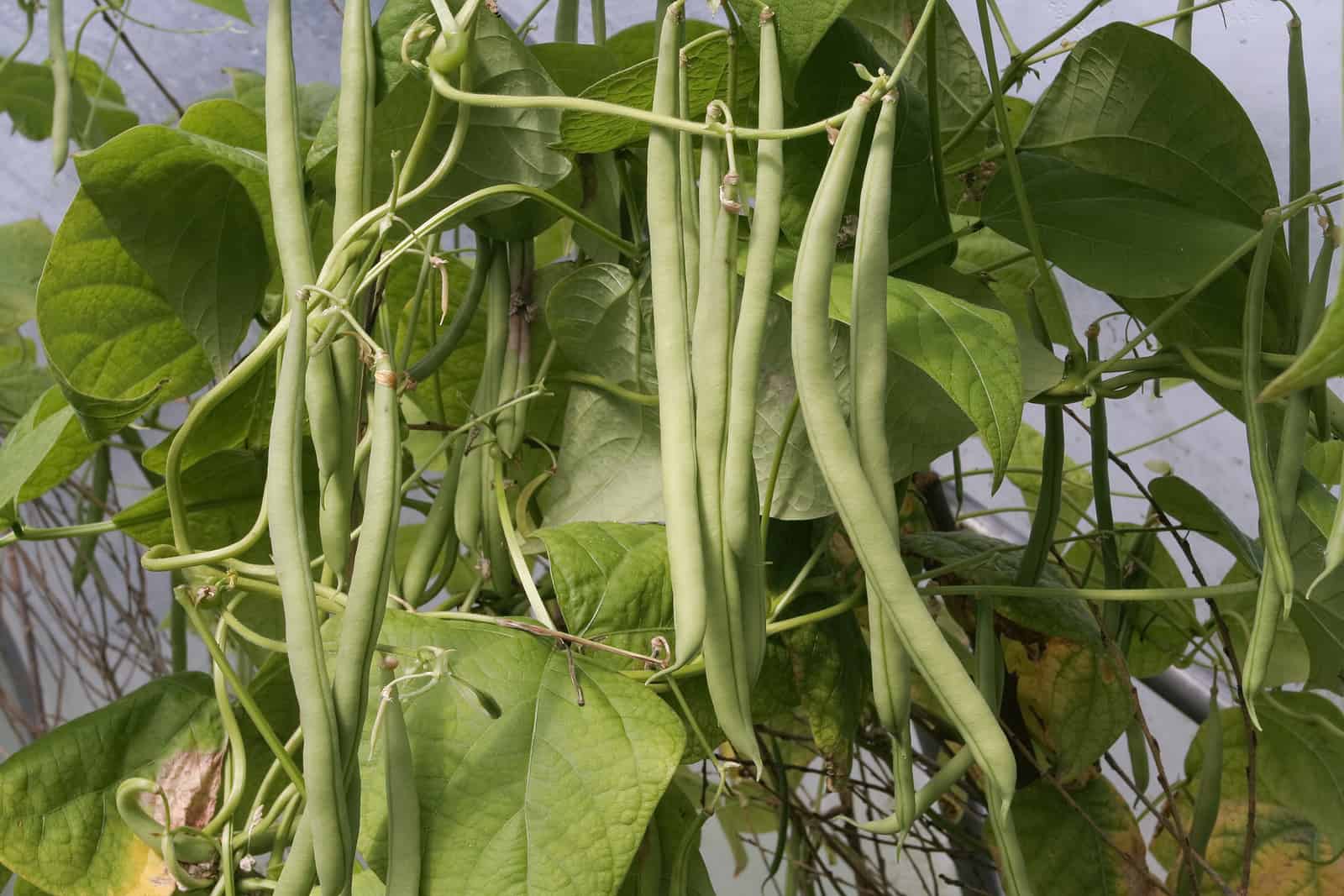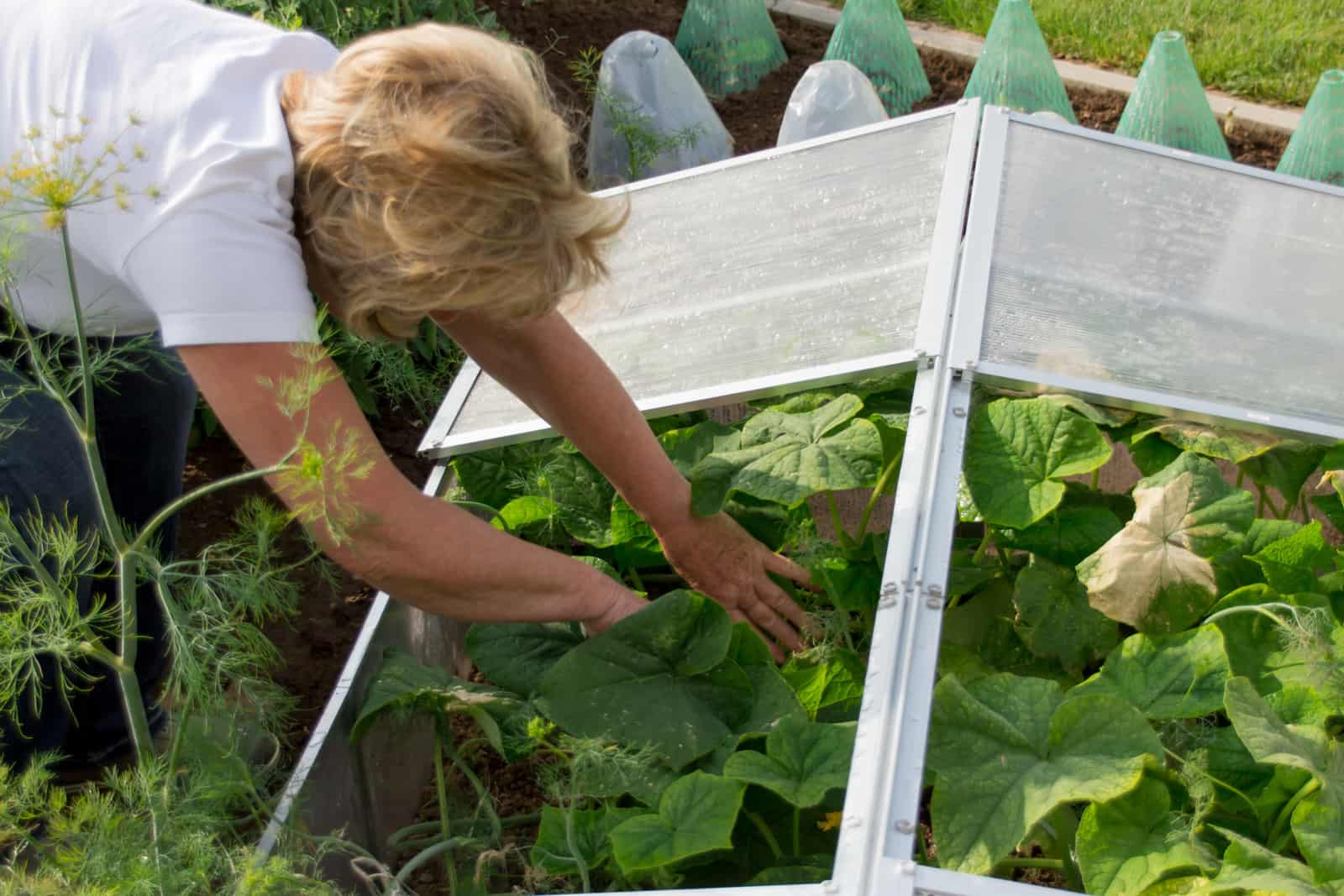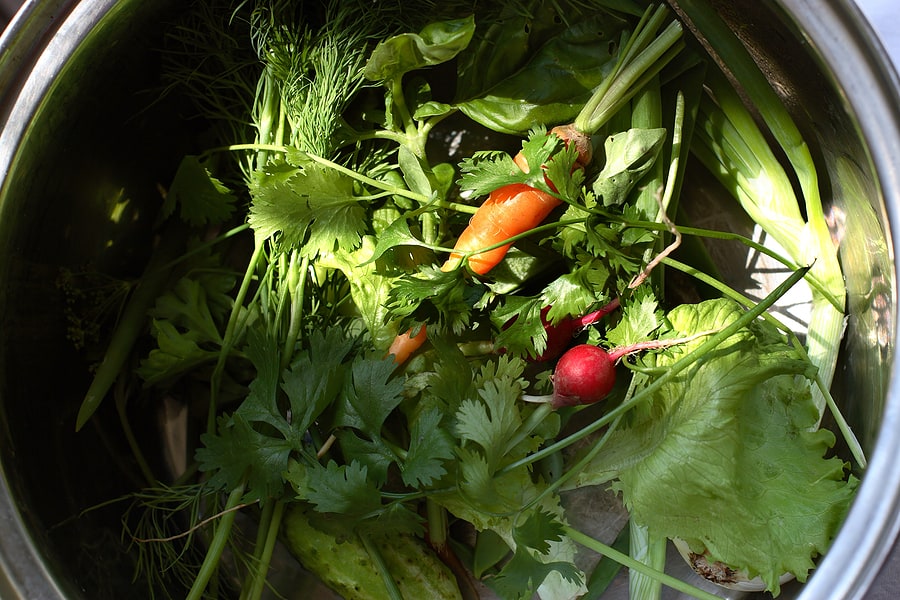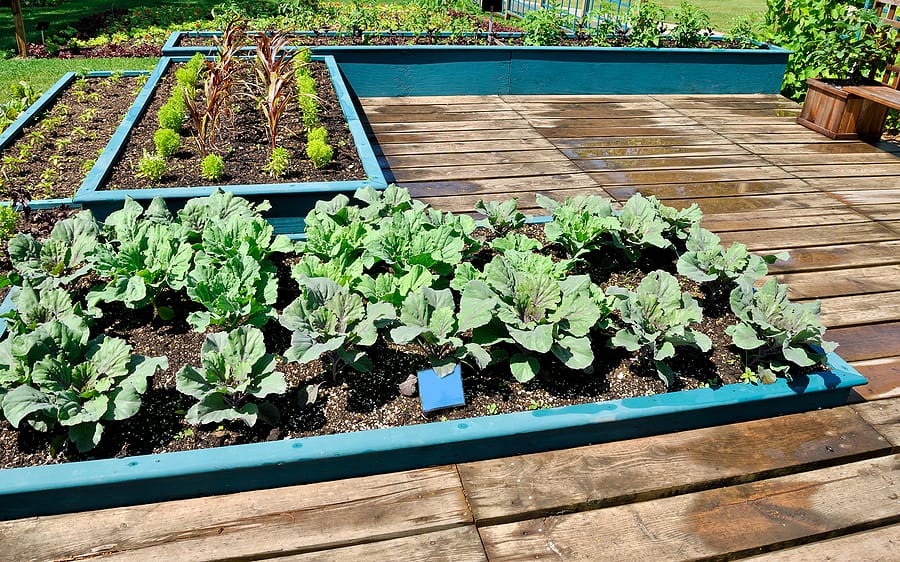Using Wood Ash in the Garden
Wood ash from a fireplace or woodstove can be a good source of plant nutrients calcium, potassium, and phosphorus in the garden. Wood ash is alkaline—about half as alkaline as lime—so it can be used to balance acid soil, but it should not be used on alkaline soils—as found in most of the western United […] More



